Discover the Highlights from Art Cologne 2019
See who caused a stir at the famed German art fair, now in its 53rd edition

Situated on Germany’s picturesque Rhine River, the bustling city of Cologne and the surrounding Rhineland are home to a storied, rich cultural scene and collector base. This week, from April 11 to 14, it kicks into high gear for the 53rd edition of the prestigious Art Cologne. The oldest art fair in the world, this year’s event has brought together 176 galleries on two floors of the Koelnmesse exhibition center, spanning modern and contemporary galleries, as well as platforms focusing on young galleries and collaborative presentations. As in years past, the showcase boasts a strong German presence, with around 97 galleries hailing from the region. “Art Cologne was founded by a pair of German gallery owners in 1967,” the charismatic fair director, Daniel Hug, grandson of the artist László Moholy-Nagy, no less, tells Galerie on the preview day. “And it has always focused on the German market.”
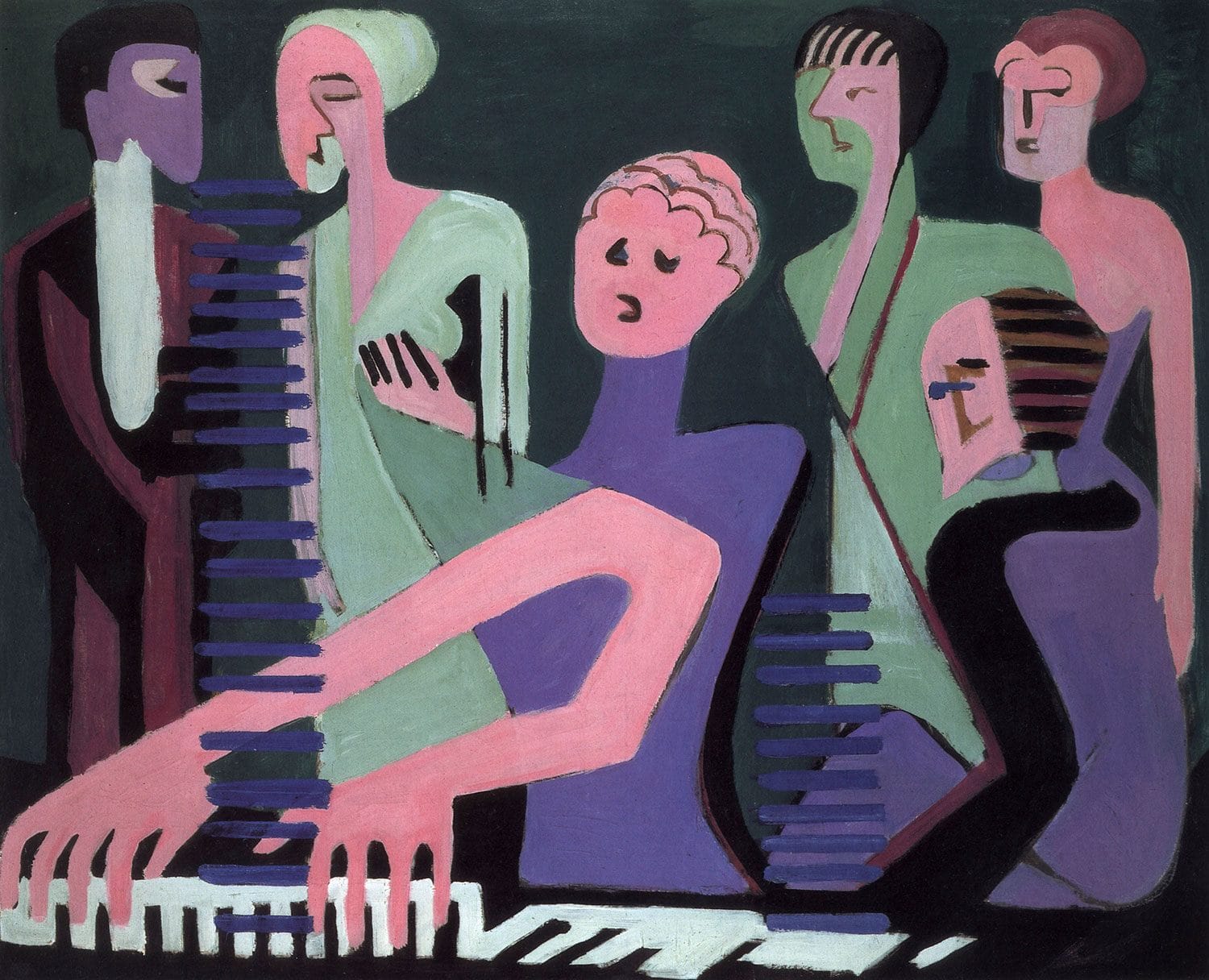
In the modern art section, there’s no shortage of museum-quality masterpieces. Notable works include A Singer on the Piano (1930) by the German Expressionist artist and founder of the Die Brücke artist group, Ernst Ludwig Kircher, on offer at Galerie Henze & Ketterer for €3.9 million; Otto Mueller’s Russisches Mädchenpaar (Russian Couple) from 1919 for €4.5 million at Dusseldorf’s Ludorff; and a pair of fascinating figurative works by Otto Dix at Fischer Kunsthandel for €360,000 and €400,000, respectively. Another highlight here is Gerhard Richter’s brilliant Abstracte Bilde (1984), a kaleidoscopic mash-up of shimmering jeweled tones at Galerie Von Vertes for €3.9 million.
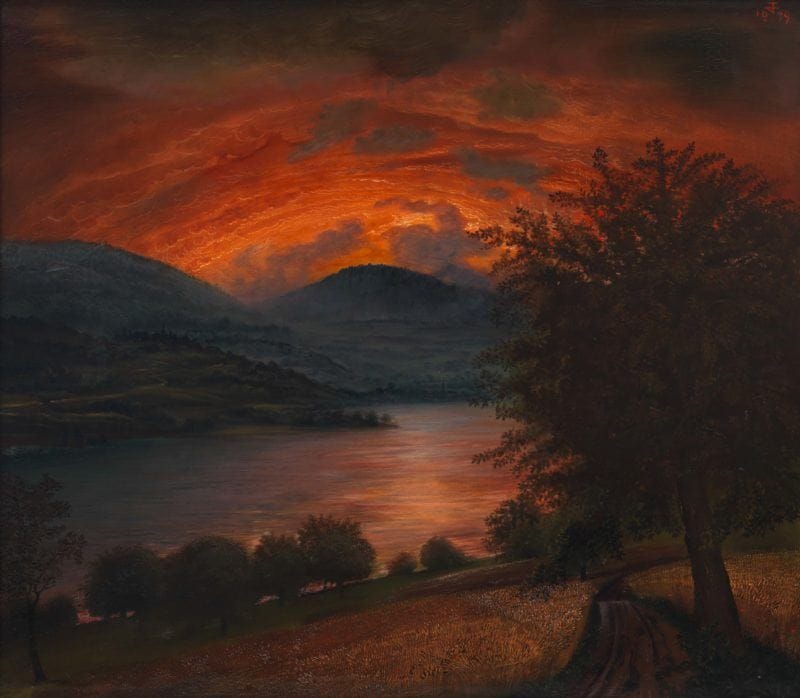
“Art Cologne has always had dealers who show modern and postwar, and it is important for me to continue that tradition,” says Hug, who joined the fair in 2008 to inject some renewed energy after a slump due to the financial crisis. “All over Germany, Austria, and Switzerland there are really great gallerists who deal primarily in early- and mid-20th-century art.”
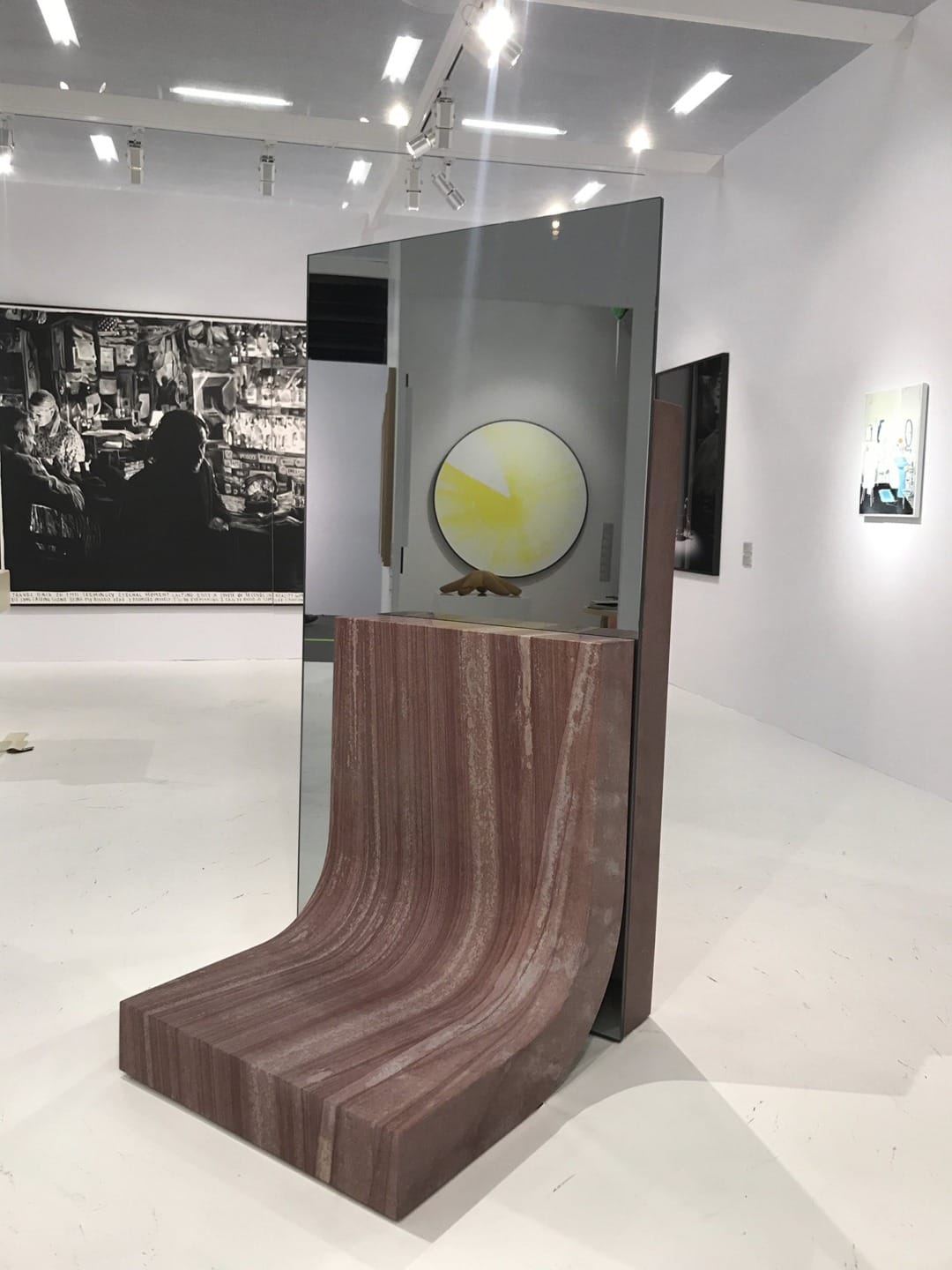
A standout booth in the contemporary section is Berlin-based König Galerie, directed by the Cologne-born dealer Johann König. On view is an installation by breakout Polish artist Alicja Kwade, whose summer rooftop commission for New York’s Metropolitan Museum of Art opens to the public on April 14. A panel of mirror is sandwiched by two slabs of dusty-pink marble, one appearing to slide down to the floor in defiance of gravity.
The young Berlin artist Michasel Sailstorfer’s Tear Rack installation, composed of green and brown tearshaped glass bottles, cleverly riffs on Marcel Duchamp’s 1914 bottle rack readymade, and sold on the first day for an asking price of €24,000. Flanking König’s booth is a thoughtful presentation of gestural paintings (priced between €12,000 and €64,000) by Karl Horst Hödicke, in a series titled “Berlin 89/90” in acknowledgement of the 30th anniversary of the fall of the Berlin Wall.
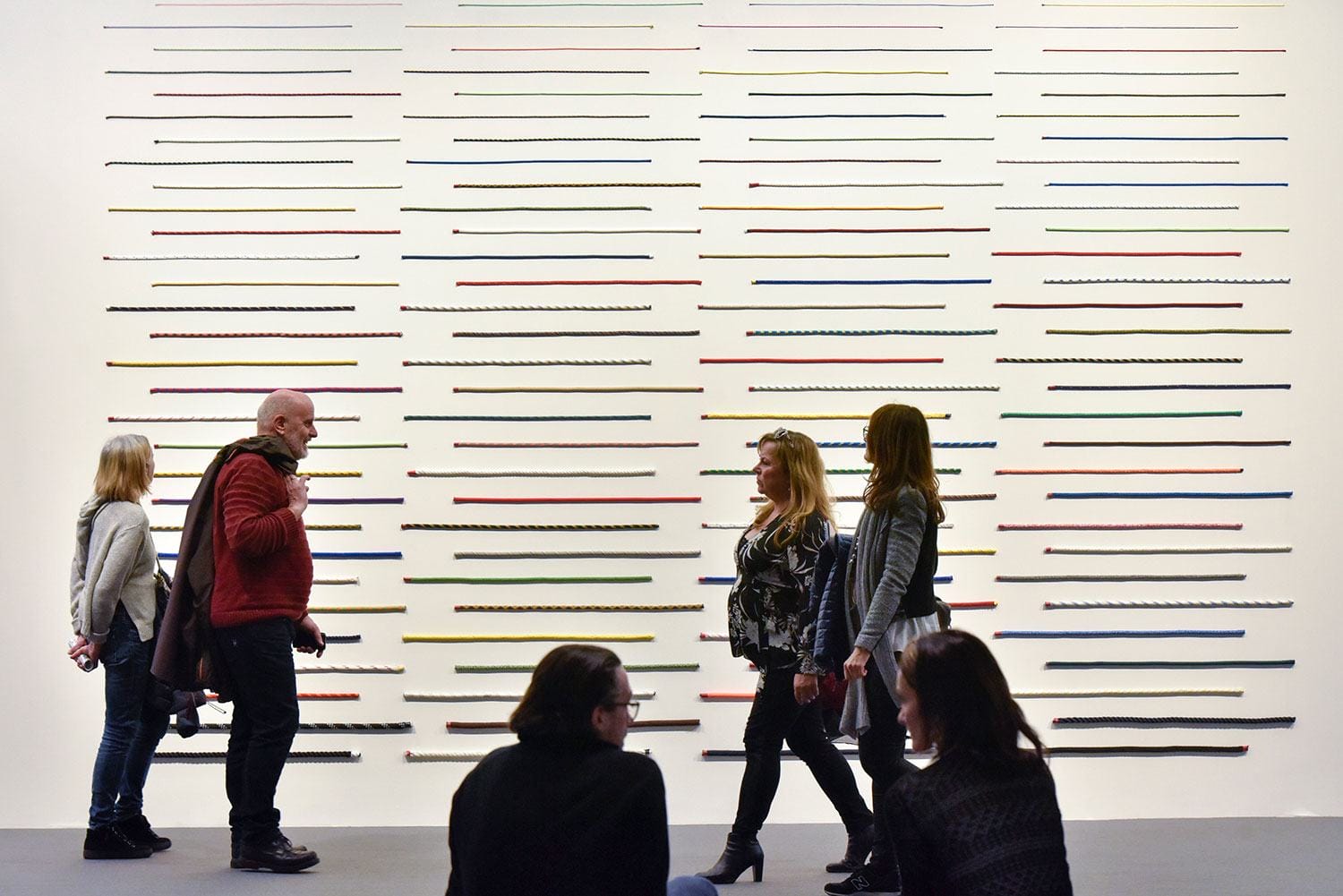
The mega blue-chip international galleries brought out their German best too. David Zwirner—whose father, Rudolph Zwirner, was one of the fair’s founders—shows a selection of pieces by Sigmar Polke, Neo Rauch, Isa Genzken, and Josef Albers, whose abstract work on paper sold on the first day. Lining White Cube’s booth is a collection of 120 patterned sailing ropes by the celebrated Brazilian artist Jac Leirner, who recently won Germany’s prestigious Wolfgang Hahn Prize, presented by Cologne’s Museum Ludwig. With strips geometrically displayed in ascending order of thickness, the work reveals reflects her interest in Brazilian Constructivism as well as Arte Povera
London and Berlin’s Blain|Southern dedicates its booth to the YBA artists, including early installations by Damien Hirst, such as Fear from 1994, a glass-and-steel cabinet containing surgical equipment; and a blue neon titled fuckingbeautiful (Ice Blue Versio) by Sue Noble and Tim Webster, which was swiftly sold. “Cologne is such a well-documented area with collectors and materials,” director Harry Blain tells Galerie. “It’s always great to be here.”
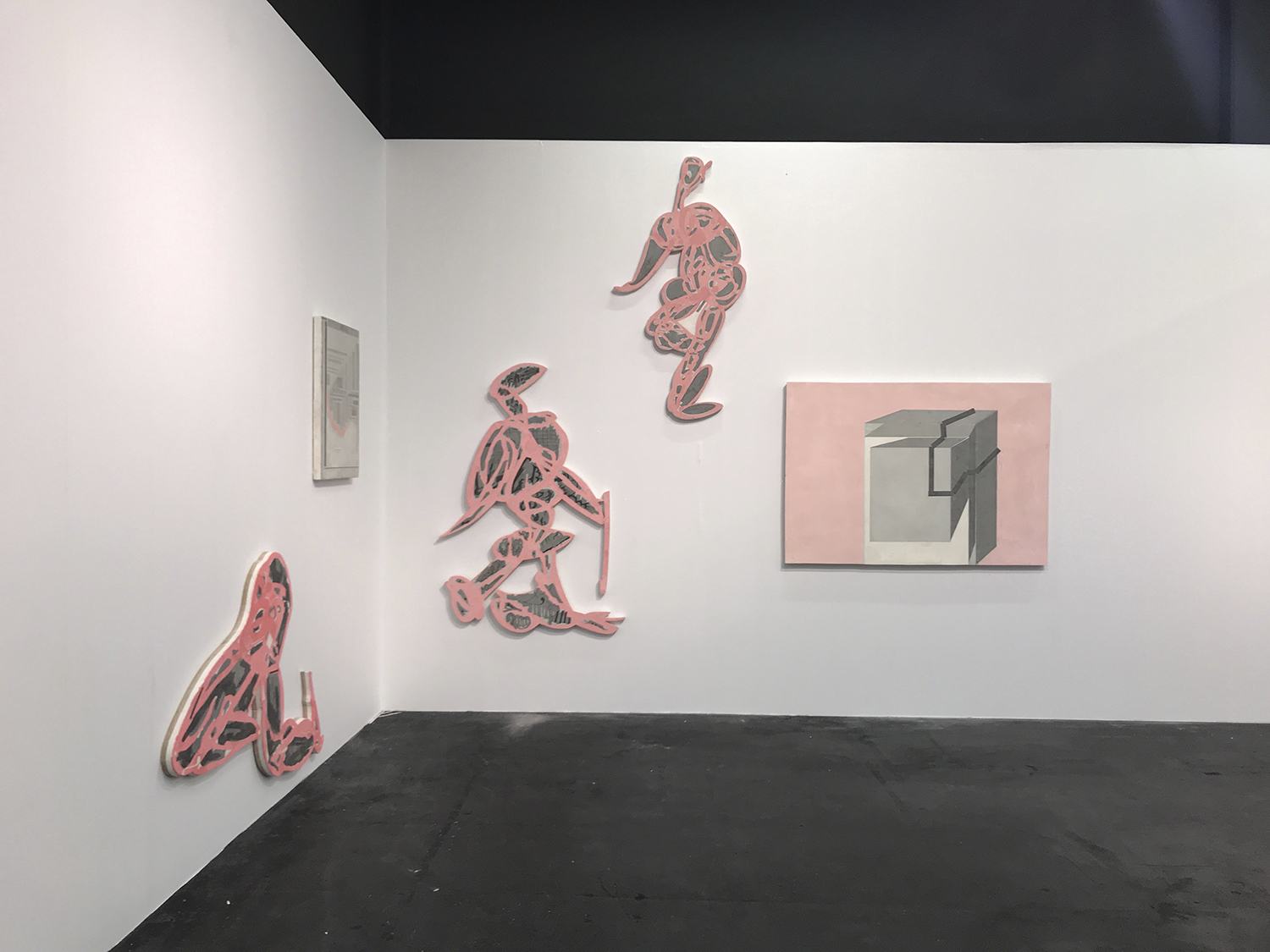
One of the most interesting sections, and one that sets the fair apart, is dubbed Collaborations. Cologne gallerist Natalia Hug and Berlin-based Aurel Schiebler teamed up to show a collection of pigmented and sanded plaster wall pieces by emerging talent Caroline Eidner, a student of the great sculptor Rosemarie Trockel. Esther Schipper, one of the most important German contemporary galleries, meanwhile, joined forces with the up-and-coming Cologne-based Drei to present works by artist Julia Scher.
“A big booth doesn’t necessarily mean it’s the most important gallery at the fair,” says Daniel Hug. “I think it’s good to break down the barriers and create new platforms that are free of those associations so people look at art with neutral eyes.”

The Neumarket (new market) category takes a similar barrier-breaking approach, a section dedicated to young galleries and named after the neumarkets, or town squares, that are a hallmark of German urban planning. Among the 27 galleries, visitors will find a number of exciting discoveries. For instance, Cologne-based painter Melike Kara’s sumptuously colored, energetic paintings at Jan Kaps’ booth, one of which sold for €20,000 on the first morning. Another young talent to watch is Chechen artist Aslan Gaisumov at Emalan London. Reflecting his country’s war-torn past, the 27-year-old showcases two large sealed wooden crates (on offer for €60,000) with an accompanying wall text listing the emergency household contents that are thought to be inside, including mattresses, candlesticks, and mugs.
“It’s great for discovering artists you haven’t seen at fairs before,” explains Thomas Rehbein, director of Cologne’s Thomas Rehbein Galerie, who has shown at Art Cologne for 20 years and this year displays a series of subway drawings by American artist William Anatsui. “The Rhineland has been home to major collectors since the 19th century, and now there’s a younger generation coming to the fair, all of whom have grown up closely surrounded by art.”